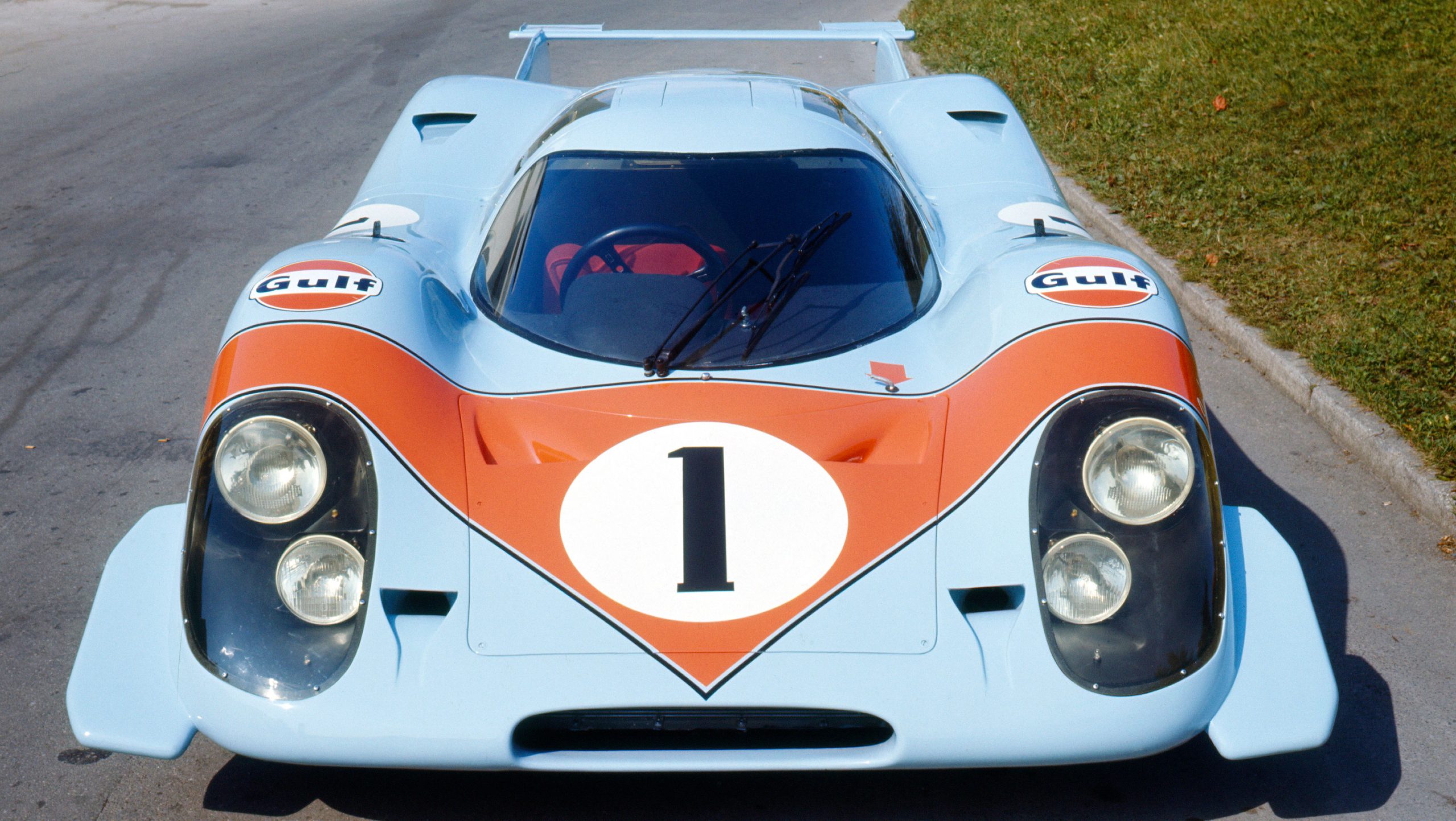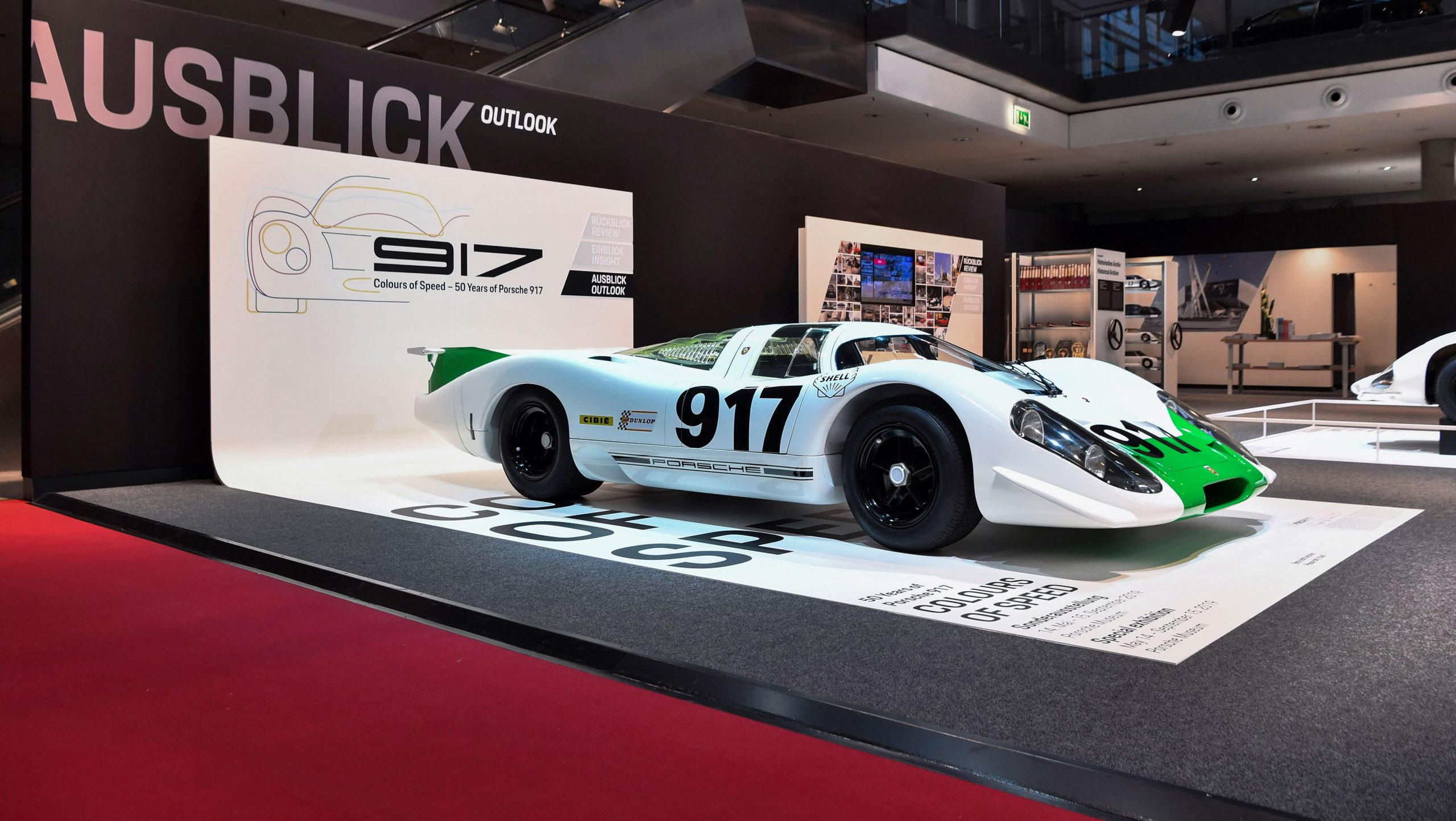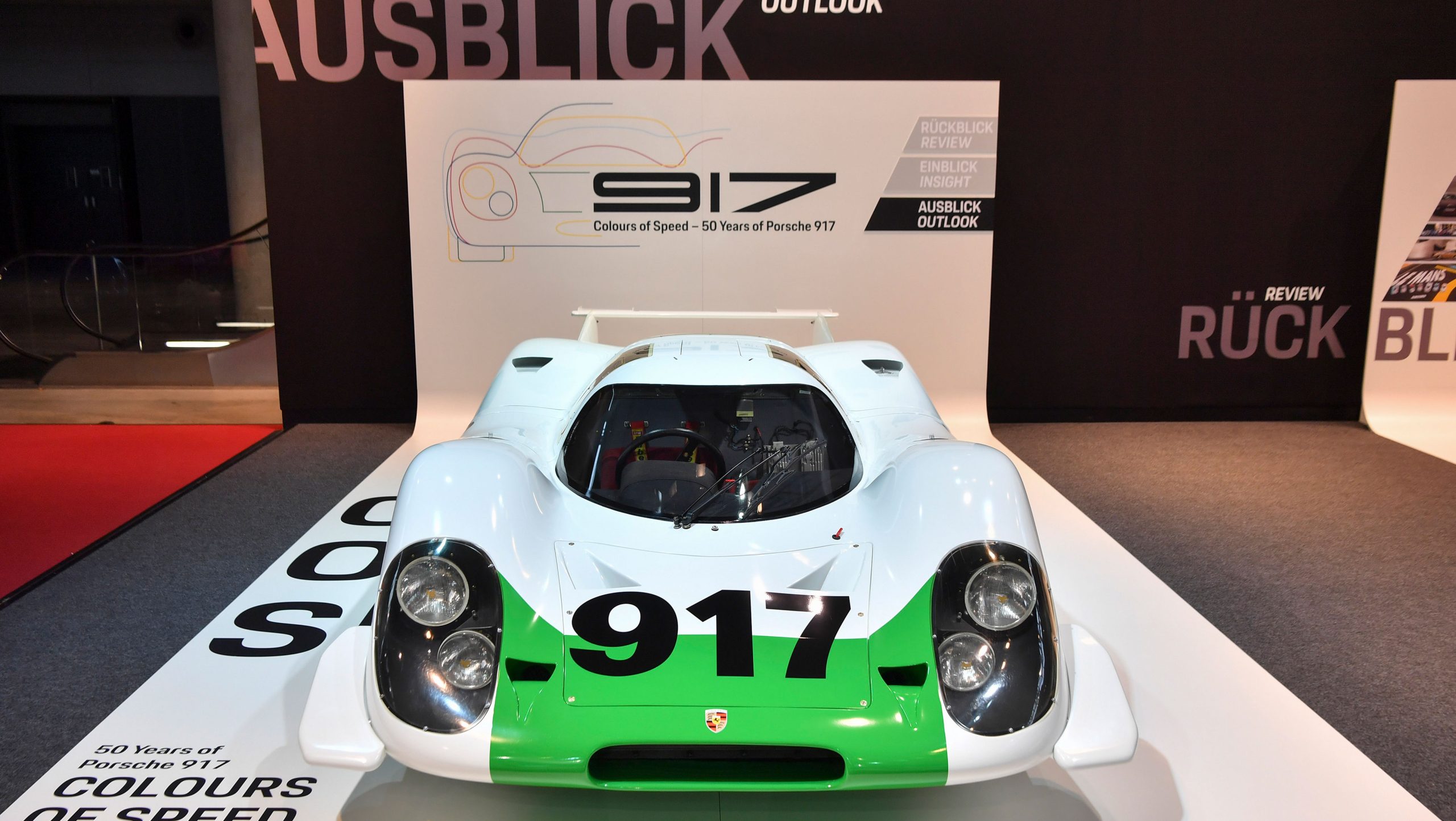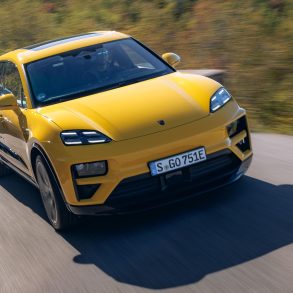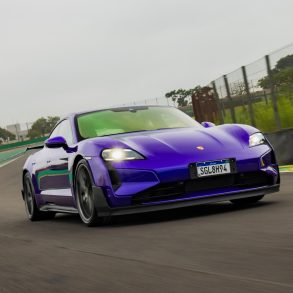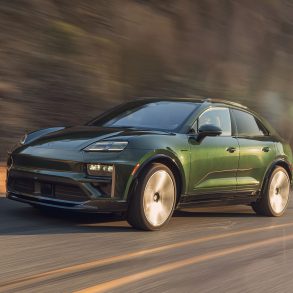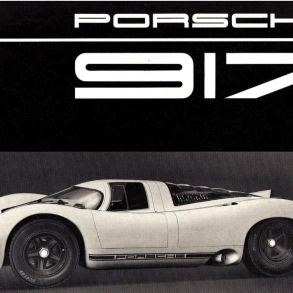50 years of the Porsche 917 Anniversary
The most famous racing car of all time made its debut at the Geneva Motor Show on 12 March 1969, and the Porsche Museum is celebrating the landmark birthday with plans to restore the first 917 ever made to its original condition, as it was when first unveiled 50 years ago. The 917-001 underwent various changes over time. “Our approach to the authentic handling of classic cars has changed considerably over the past ten years,” explains Achim Stejskal, Director of the Porsche Museum. When restoring vehicles from the company’s historic collection, the museum places great importance on retaining original material and taking into account the relevant history of its exhibits.
The history of the 917-001 as a test and presentation vehicle
The 917-001 marked the beginning of an unparalleled racing car career for the 917. The 917-001 Group 4 sports car, designed to sweep the board at the 24 Hours of Le Mans and win the Brand World Championships, was the first of the 25 vehicles that had to be made to meet the requirement for type approval; the chief designer on the project was Hans Mezger, who was responsible not only for the twelve-cylinder engine, but also for the vehicle as a whole.
The 917-001 was presented for the first time in Geneva in March 1969, with it bodywork in white with a green front section; it had a new look for its appearance at the International Motor Show in Frankfurt the same year, for which the car was repainted in white and orange. When Porsche later announced the transfer of its racing activities to the J.W. Automotive Engineering team, headed by Briton John Wyer, the 917-001 was once again used as a presentation vehicle – and refinished in the brand colours of US oil company and sponsor, Gulf: light blue and orange.
Following its first clean sweep at the 24 Hours of Le Mans, the 917-001 was then reworked into the short-tail version by Hans Herrmann and Richard Attwood in September 1970; when the 917-001 was handed over to Porsche Salzburg in October 1970, it was in the colours of the car that won the Le Mans race and was emblazoned with starting number 23.
Restoration of the 917-001 to its original 1969 condition
For over a year, museum mechanics, former technicians and engineers from Zuffenhausen and Weissach, as well as the Historical Archives and partner companies, worked on the restoration of this original 917. The project was particularly challenging from the outset because of the multiple transformations the car had undergone during its time as a test and presentation vehicle. The top priority throughout was the conservation and reuse of the car’s original materials wherever possible and technically practicable.


